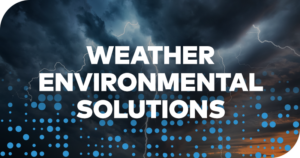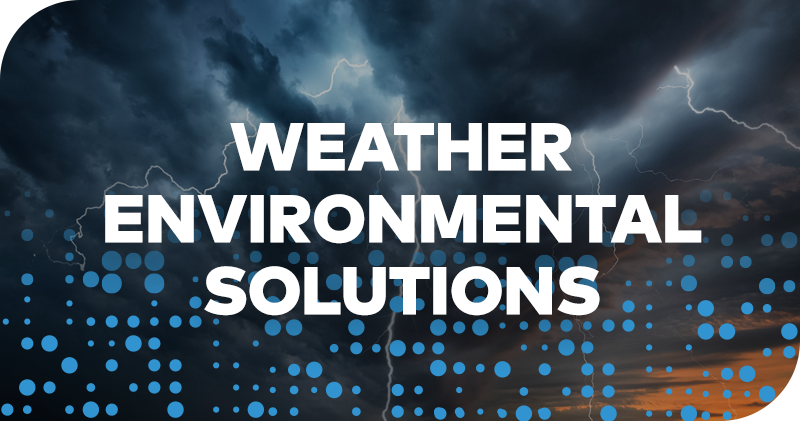Have you ever seen a weather map and wondered what the symbols on it meant? Surface maps are great tools for getting a quick look at weather conditions. They allow meteorologists to gain a wealth of information about the weather at a glance by viewing the various symbols. The origin of some weather symbols, such
Tag: WeatherOps
Our 2018 Severe Weather Season Forecast
You may have spring fever. You may be ready for grass to turn green and flowers to bloom. But, are you prepared for the threat of severe weather this spring? The Storm Prediction Center (SPC) and the National Severe Storms Laboratory (NSSL) evaluated the probability of severe weather throughout the year for a 30-year period
How Does Freezing Rain Form?
Winter can bring a wide variety of weather conditions, including various types of precipitation. Freezing rain, for instance, can be especially hazardous and forms in very specific conditions. Different types of winter precipitation (freezing rain, sleet, and snow) form in the same fundamental way. The main difference among these precipitation types lies in the temperature
What Causes Sea Fog?
Sea fog poses a significant challenge to marine operations in the northern Gulf of Mexico. Locations such as Galveston and the Houston Ship Channel frequently experience visibility restrictions from sea fog during winter and spring. Sea fog forms when warm, moist air moves over colder water and cools to its dew point temperature, causing the
Understanding the Hurricane Cone of Uncertainty
If you’re reading this article, chances are pretty good you’ve heard of Hurricane Irma. She reached Category 5 this morning, the strongest on the Saffir-Simpson scale, with sustained winds of 185 mph and gusts over 200 mph. You may have also noticed a funnel or cone shape forecasting her path. This is called the Cone of
Houston’s History of Floods
Founded in 1836 where the Buffalo Bayou met White Oak Bayou, Houston has faced many floods. Not long after being established, the settlement flooded. Initially swamp land, people began to try and drain the area. Done with no planning, draining the land did not account for flooding rains. Flooding rains would come again and again
Outflow Boundaries and Gust Fronts
We have all experienced a gust front, or outflow boundary, before. It is a process associated with thunderstorms and can cause winds strong enough to cause damage. While tied to thunderstorms, the gust front gets to you before the storm does. Gust fronts and outflow boundaries are the same thing. Similar to a cold front,
How Safe are Stadiums When Lightning Strikes
Do you think you are safe from lightning when in a stadium? If you are a college football fan, you probably noticed that the game between the University of Oklahoma and Ohio State University was delayed on Saturday, Sept 17. Media may have shown rain falling, but it was actually a lightning delay that caused the
How are Hurricane Wind Speeds Determined?
With tropical storms and hurricanes churning in the oceans, you may be hearing them called Cat 2 or Cat 3 storms. What does that mean and how do they figure out that number? It’s actually pretty interesting, but not a job for the faint of heart. While satellites, radars and computer models can help meteorologists
Hurricane Disaster Dos and Don’ts
Hurricane disaster dos and don’ts can save lives, when properly applied. Preparing can prevent harm to houses, property and people. Before, during and after a big one hits, making the right choices can avert disaster. Dos Before the Storm Hits Having the right supplies can make all the difference if a storm becomes disastrous. Keep











 Comprehensive weather insights help safeguard your operations and drive confident decisions to make everyday mining operations as safe and efficient as possible.
Comprehensive weather insights help safeguard your operations and drive confident decisions to make everyday mining operations as safe and efficient as possible. Learn how to optimize operations with credible weather and environmental intelligence. From aviation safety to environmental compliance, our comprehensive suite of solutions delivers real-time insights, advanced forecasting, and precise monitoring capabilities.
Learn how to optimize operations with credible weather and environmental intelligence. From aviation safety to environmental compliance, our comprehensive suite of solutions delivers real-time insights, advanced forecasting, and precise monitoring capabilities.